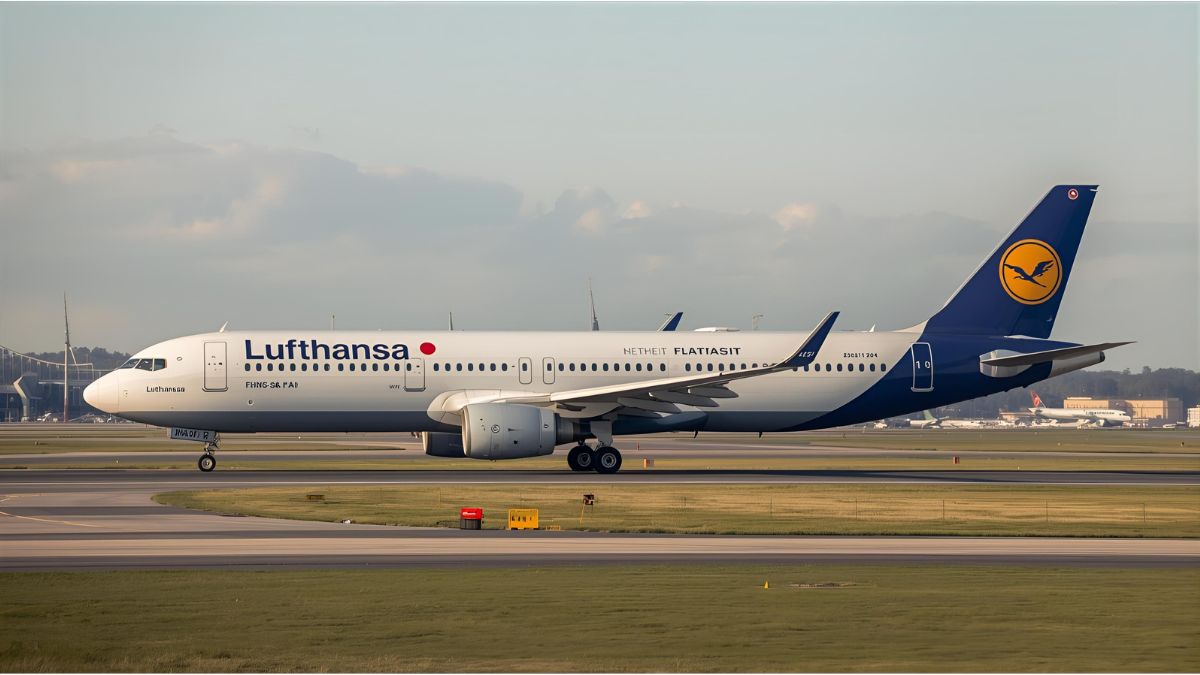Germany’s air traffic is heading for turbulence in 2026. Major carriers — including Lufthansa, Eurowings, Ryanair and other European airlines — are cutting dozens of routes amid rising operating costs, higher government fees, and declining profitability. For travelers, this means fewer flight options, fewer direct connections, and likely higher ticket prices.
After already scaling back routes in 2025, airlines are now tightening their networks even further. The trend is clear: by the start of the 2026 summer schedule, many connections across Germany and Europe will disappear entirely.
Lufthansa trims domestic and European routes
Even the country’s flagship carrier, Lufthansa, is pulling back significantly. In its summer 2026 timetable, the airline plans to cancel around 50 weekly flights from its main hubs in Frankfurt and Munich. Connections between Frankfurt and Toulouse, and from Munich to Tallinn and Oviedo, will vanish entirely by late March 2026, according to several German media outlets.
The outlook for regional airports is grim as well. Cities such as Bremen, Dresden, Cologne, Leipzig, Münster, Nuremberg, and Stuttgart are all expecting service reductions starting with the 2025/2026 winter schedule.
Lufthansa CEO Carsten Spohr recently warned that taxes and airport fees in Germany have doubled since 2019, making many routes unprofitable. “Without a reduction in location-based costs, further cancellations will be unavoidable,” Spohr told Die Welt in a recent interview.
Ryanair cuts deep — entire airports affected
Ireland’s budget airline Ryanair has also begun withdrawing from the German market. During the current winter schedule, it has already reduced capacity by more than 800,000 seats, axing 24 routes across nine airports, including Berlin, Hamburg, and Memmingen.
The impact is most severe at smaller airports: from Dortmund, Dresden, and Leipzig, Ryanair no longer operates any flights at all. Hamburg’s offering has been reduced by 60%, with popular destinations such as Málaga, Milan-Bergamo, Edinburgh, and Porto disappearing from the map.
Ryanair blames the German government directly for the cuts. In a statement on its website, the airline wrote that “this decision is a direct result of the German government’s ongoing failure to lower excessive access costs.” Addressing Transport Minister Patrick Schnieder (CDU), Ryanair warned that “without immediate action, Germany will continue to fall behind other, more competitive European markets by summer 2026.”
Eurowings and Wizz Air also scale back
Lufthansa subsidiary Eurowings is also tightening its schedule. According to Reisereporter, the carrier will end all flights from Nuremberg to Rome, Heraklion, Kos, and Rhodes starting in summer 2026. From Dortmund, flights to Catania, Kavala, Thessaloniki, and Split have already been discontinued — with Mallorca remaining as one of the few destinations still served.
British Airways will also retreat from the German market, halting its daily flights from Cologne/Bonn and Stuttgart to London-Heathrow on March 29, 2026. Stuttgart Airport stated that “high state-imposed location costs force airlines to shift their focus away from Germany.”
Hungarian budget carrier Wizz Air is joining the list of retrenching airlines. In the winter 2025/2026 timetable, the airline will reduce flights from Karlsruhe/Baden-Baden to Belgrade, Tirana, and Timisoara by one per week. In Dortmund, connections to Banja Luka will be halved.
A shrinking network and fewer options for travelers
In short, both business and leisure travelers in Germany will soon have to plan differently. Fewer routes mean less flexibility, longer travel times, and potentially much higher prices as competition declines.
Industry analysts warn that without government intervention to stabilize airport fees and fuel taxes, Germany risks losing its position as one of Europe’s most connected air travel markets — a development that could impact tourism and the broader economy for years to come.








